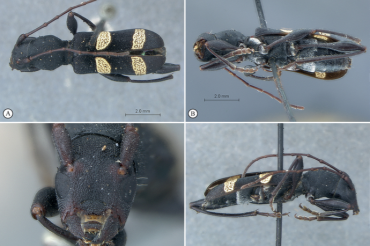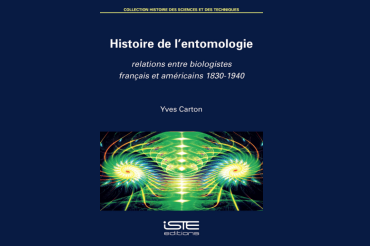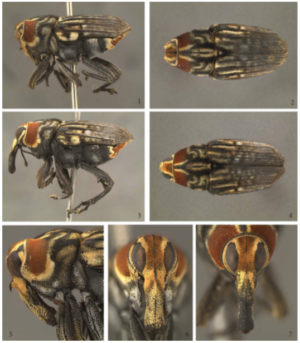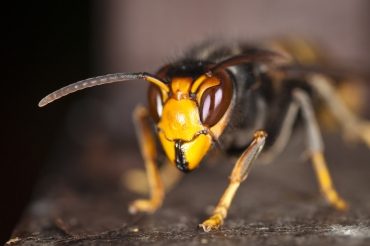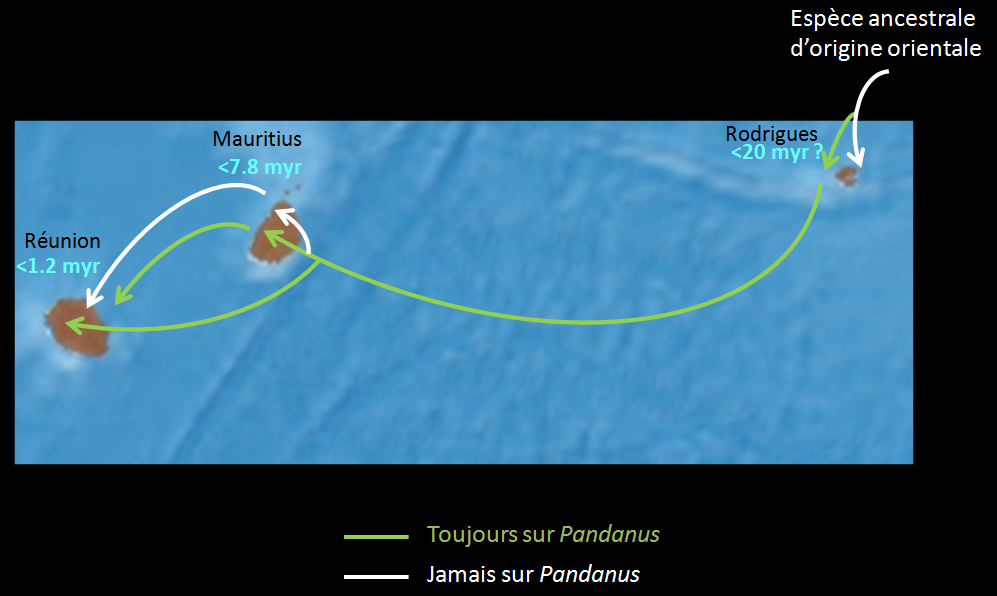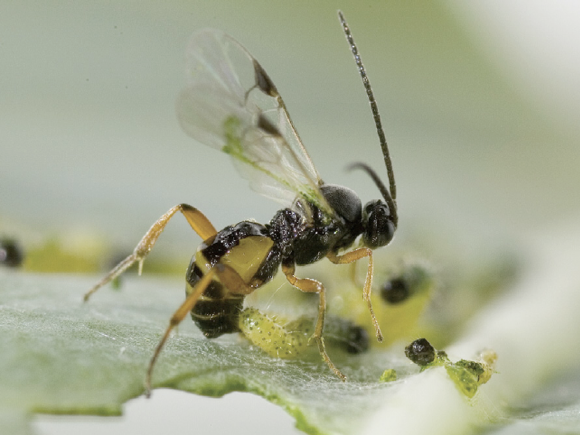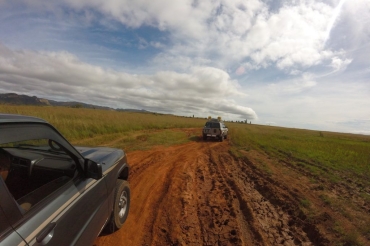By Pascal ROUSSE In the world of parasitoids (lire this article), the ovipositor, also called oviscapte (abdominal appendix with which eggs are deposited), has a crucial role since it allows to locate precisely the egg laying in space and time, which is essential when it has to match the biological cycle of the host. Before…
Author: Benoît GILLES
A new species of South African Cerambycidae dedicated to Nelson Mandela
Post Views: 1,718 South Africa is known for its extraordinary flora and endemic fauna. The Cape Town Museum, one of the largest museums in Africa,
Yves Carton : “Histoire de l’entomologie – Relations entre français et américains” (History of entomology – French-American relations)
Post Views: 1,672 Interview of Yves Carton Director of Research emeritus at CNRS, Yves Carton worked as a geneticist at the Evolution, Genomes, Behavior, Ecology
Conoderinae: the Brazilian weevil who thinks He’s a fly!
Widespread in Curculionidae beetles, also known as weevils, mimicry offers astonishing models of study in these Species. Two Brazilian entomologists, Sergio A. Vanin (department of zoology-university of Sao Paulo) and Tadeu J. Guerra (department of Biology-federal University of Minas Gerais), have described in 2012 a new remarkable species of weevil that mimics Flies of the…
Interview of Pierre-Olivier Maquart
Post Views: 4,884 Interview de Pierre-Olivier Maquart Entomologist specializing in African Cerambycidae and Amblypyges In thesis at Stirling University – Scotland caption id=”attachment_3491″ align=”alignleft” width=”299″]
The Asian Hornet: A Recent Invasion
Introduction of the Asian hornet in France Vespa velutina, an invasive hornet from southeast Asia, is widespread from Nepal and northern India to eastern China, the Indochinese peninsula and Indonesia. In the 2000s, it was reported in Korea where its expansion is probably limited by competition from the other six hornets species present locally. He…
But where do the Ornebius of the Indian Ocean come from?
By Sylvain HUGEL The Mogoplistidae are a basal family of crickets, most of whose limbs are covered with flat, scaly bristles. None of them are capable of flying. A genus of Mogoplistidae is particularly diverse: the genus Ornebius which includes more than 100 species, mainly distributed in the Indo-Malaysian, Australian and Oceanian regions. Some species…
Two wasps, a caterpillar and a cabbage leaf
By Pascal ROUSSE Do you know what a parasitoid is? If so, you also know how fascinating their life cycle is. If not, you will soon know thanks to this detailed example. A paper written by the specialist Pascal Rousse for Passion-Entomologie, a big thank you to the author for agreeing to share his passion…
Interview Christophe Avon – Founder of WAS
Post Views: 1,708 Interview de Christophe AVON Director of the Natural History Museum (MAHN) – Alpes-Maritimes Entomologist at the Laboratory of Hypogaeous and Endogenous Entomology
Report 2 – Makay 2016 Mission
Post Views: 1,931 My April 2016 exploration mission in the Makay massif ( to be discovered ici), led by Naturevolution and ProjetsPlusActions, had for objective


